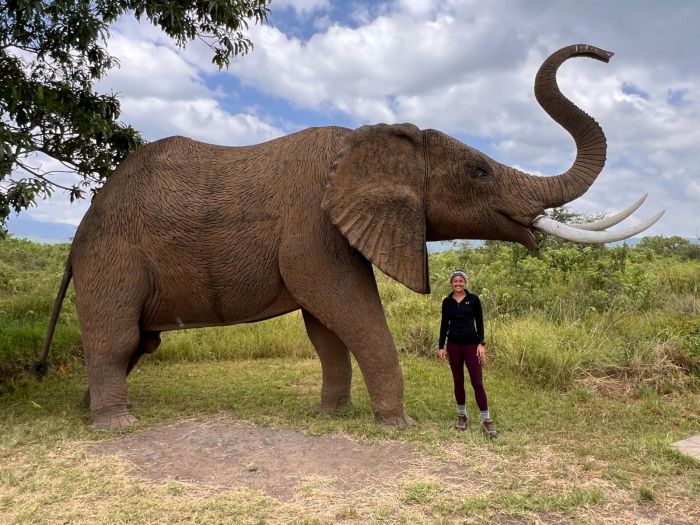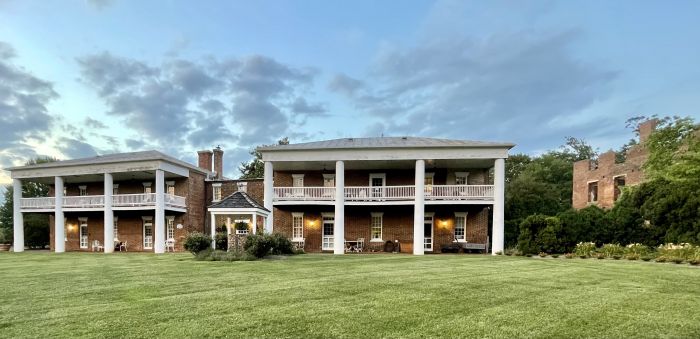My birthplace, Dallas, has transformed from a mid-sized Texas town to a booming metropolis since that fateful day in November, 1963.
Along the way, on President’s Day, 1989, The Sixth Floor Museum at Dealey Plaza, in the Texas School Book Depository – a building that shares an infamous place in history with the Ford Theatre – was opened.
The museum chronicles the tragic assassination that November day of President John F. Kennedy, as well as his life, times, death and legacy. Though I long ago moved from Dallas, for years when I returned home I had been unable to visit this noted landmark and its subsequent museum. It was too painful.
Flashback to November 22, 1963.
The day, which began with an early-morning drizzle, had cleared. Kennedy remarked to Texas Gov. John Connally, “It looks as if we’ll get sunshine,” and ordered the non-bullet-proof top on his limousine removed. Four miles away at the Trade Mart, we awaited the presidential motorcade, standing on the curb for the best view. Then we heard on a transistor radio that the president had been shot. It seemed absurd. This was before the Martin Luther King and Bobby Kennedy assassinations. Such things just didn’t happen, not here, not in our town.
However, the dark-colored Lincoln Continental limousine sped past us en route to Parkland Hospital, bypassing the president’s luncheon destination. Just feet from the open-topped vehicle, I distinguished Mrs. Kennedy’s pink Chanel suit in the passing blur.
I know now that she was cradling her mortally wounded husband. Kennedy was pronounced dead at 1 pm (Central Standard Time).
Kennedy had been assassinated as his motorcade traveled along Elm St. at Dealey Plaza.
The fatal shots were believed to have been fired from the southeast corner window on the sixth floor of the Texas School Book Depository building by an employee named Lee Harvey Oswald, who was later arrested in the Texas Theater, a popular Friday night treat for my family.
My hometown of Dallas was suddenly infamous, my routine haunts tainted. It was more than 40 years later when I visited Dealey Plaza and The Sixth Floor Museum that is housed in it.
Why now? As a former Dallasite, it was a part of our history, of the nation's history, and the "time heals" adage applied.
Thus, like 320,000 annual visitors (close to double the attendance since its 1989 opening), I was transported, not only to Nov. 22, 1963, but to the promise of the Kennedy era, through written descriptions, photographs, artifacts, audio broadcasts and historic film footage.
Museum features include visuals of Kennedy taking the oath of office on Jan. 20, 1961 and the poignant quote from the governor's wife, Nellie Connally, on that fateful day - "Mr. President, you can't say Dallas doesn't love you." Narrated by an on-the-scene journalist, the audio tour added additional insight and impact.
Especially chilling was the first audio news report of the shooting: “We interrupt this program to bring you a special bulletin from ABC Radio. Three shots were fired at President Kennedy’s motorcade today in downtown Dallas, Texas.” This historic announcement played repeatedly. Video footage of the numbing weekend – the motorcade, Oswald’s shooting and the funeral procession – was shown in short clips. And the FBI’s model of Dealey Plaza (used by the Warren Commission) was displayed.
But it was "the window" to which everyone gravitated. Although the sniper's perch (restored to its 1963 appearance) was protected behind glass, it was possible to peer from a nearby window down upon Dealey Plaza and to the street below. The view was one I knew from newsreels, one of an incident that changed history.
My personal pilgrimage – as emotional as I feared, yet as healing as I had hoped – concluded at the John F. Kennedy Memorial Plaza, a nearby outdoor tribute.
There a plaque reads: “The joy and excitement of John Fitzgerald Kennedy’s life belonged to all men. So did the pain and sorrow of his death. When he died on November 22, 1963, shock and agony touched human conscience throughout the world. In Dallas, Texas there was a special sorrow. The young President died in Dallas. The death bullets were fired 300 yards west of this site. It is not a memorial to the pain and sorrow of death but stands as a permanent tribute to the joy and excitement of one man’s life. John Fitzgerald Kennedy’s life.”
For more, go to www.jfk.org.














